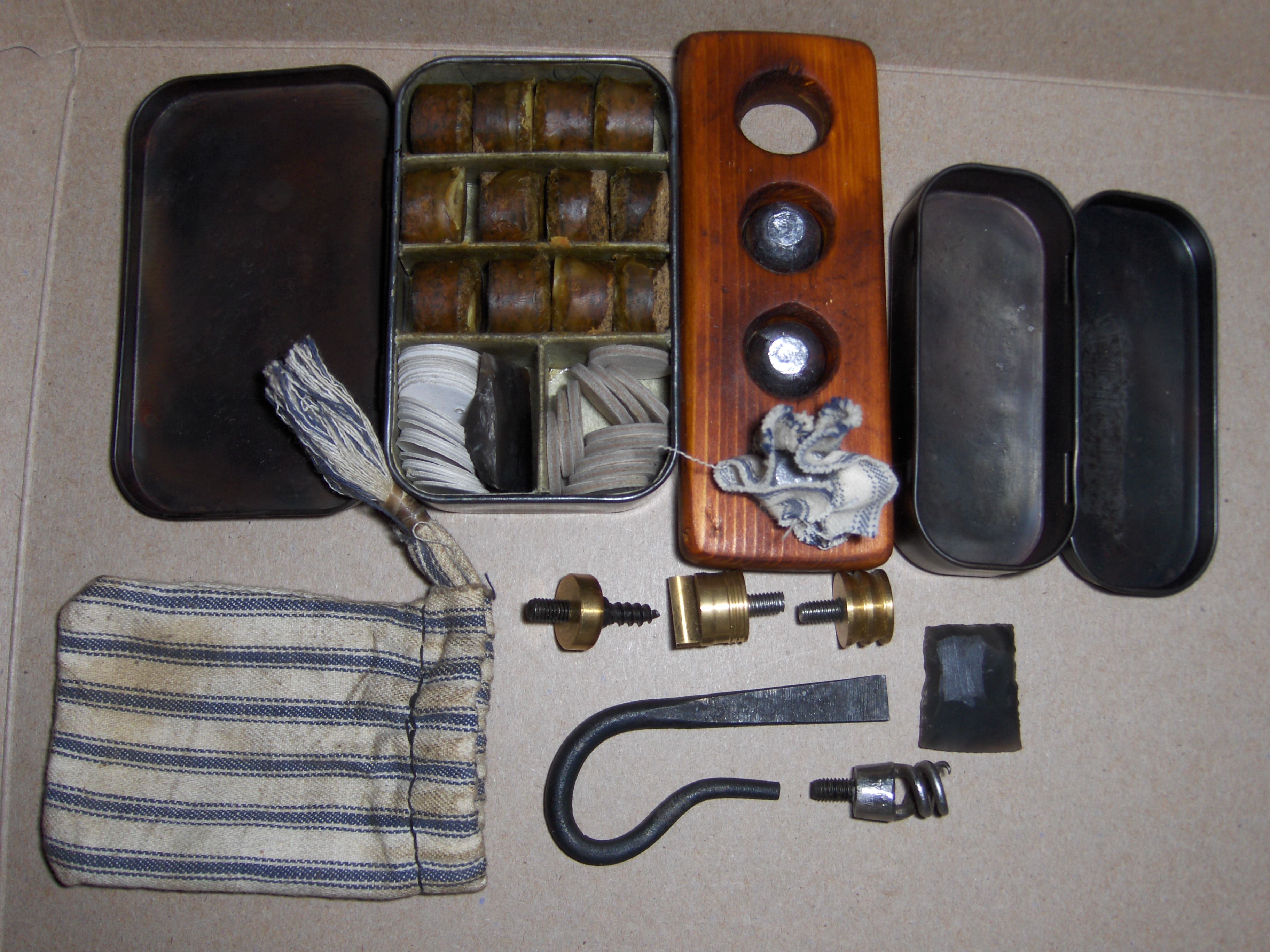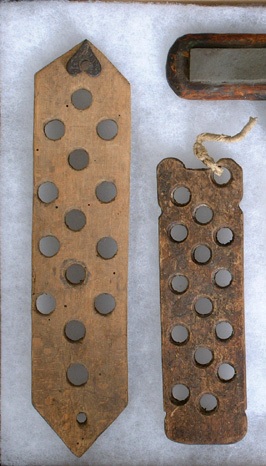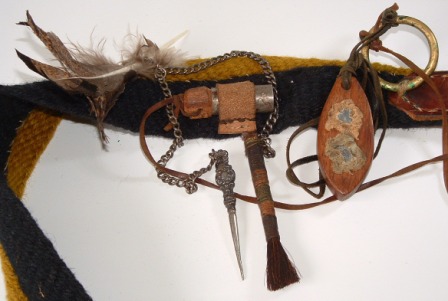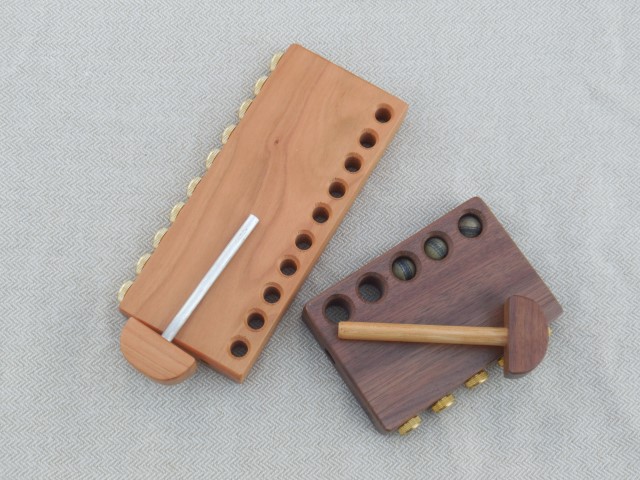- Joined
- Sep 2, 2008
- Messages
- 62
- Reaction score
- 30
I want to make three loading blocks. One each for 50, 45 and 32 caliber muzzleloaders.
I have the drill sizes for each of the round balls. I understand the ball needs to be put in the hole with the patch, then excess patch cut off, then the ball pushed through just a little bit so it protrudes out the bottom of the loading block.
So does anyone have the thickness needed for each size ball?
Thanks in advance
OB One
I have the drill sizes for each of the round balls. I understand the ball needs to be put in the hole with the patch, then excess patch cut off, then the ball pushed through just a little bit so it protrudes out the bottom of the loading block.
So does anyone have the thickness needed for each size ball?
Thanks in advance
OB One










